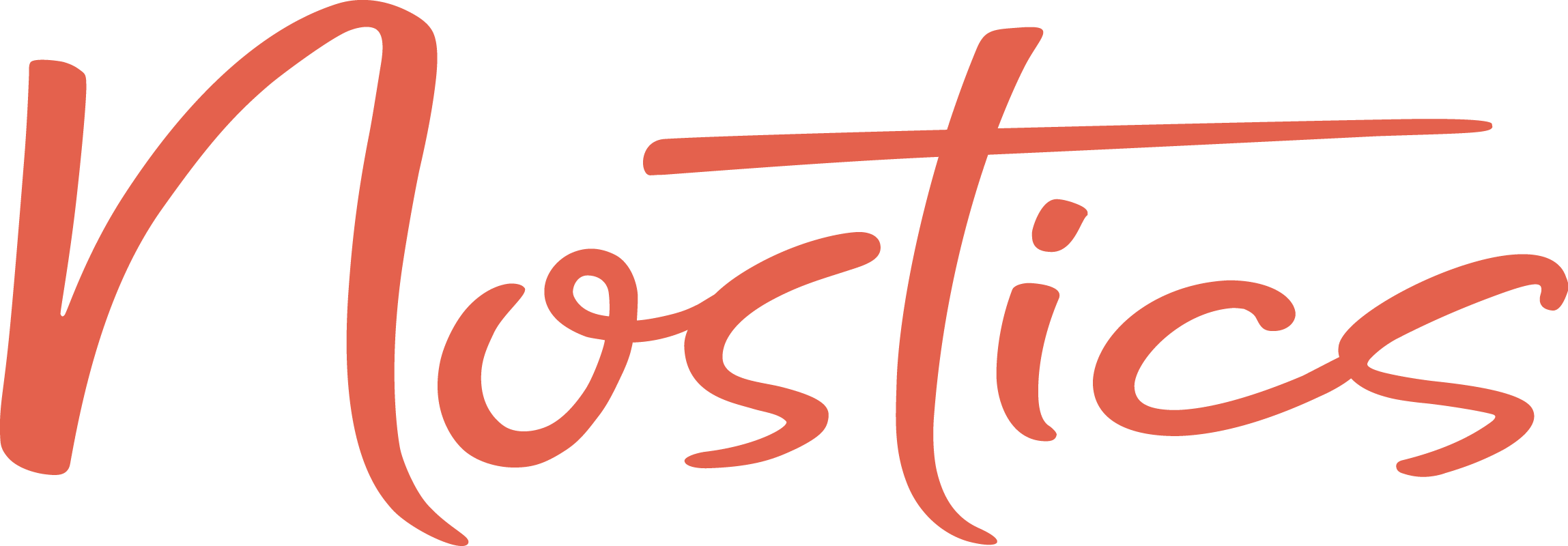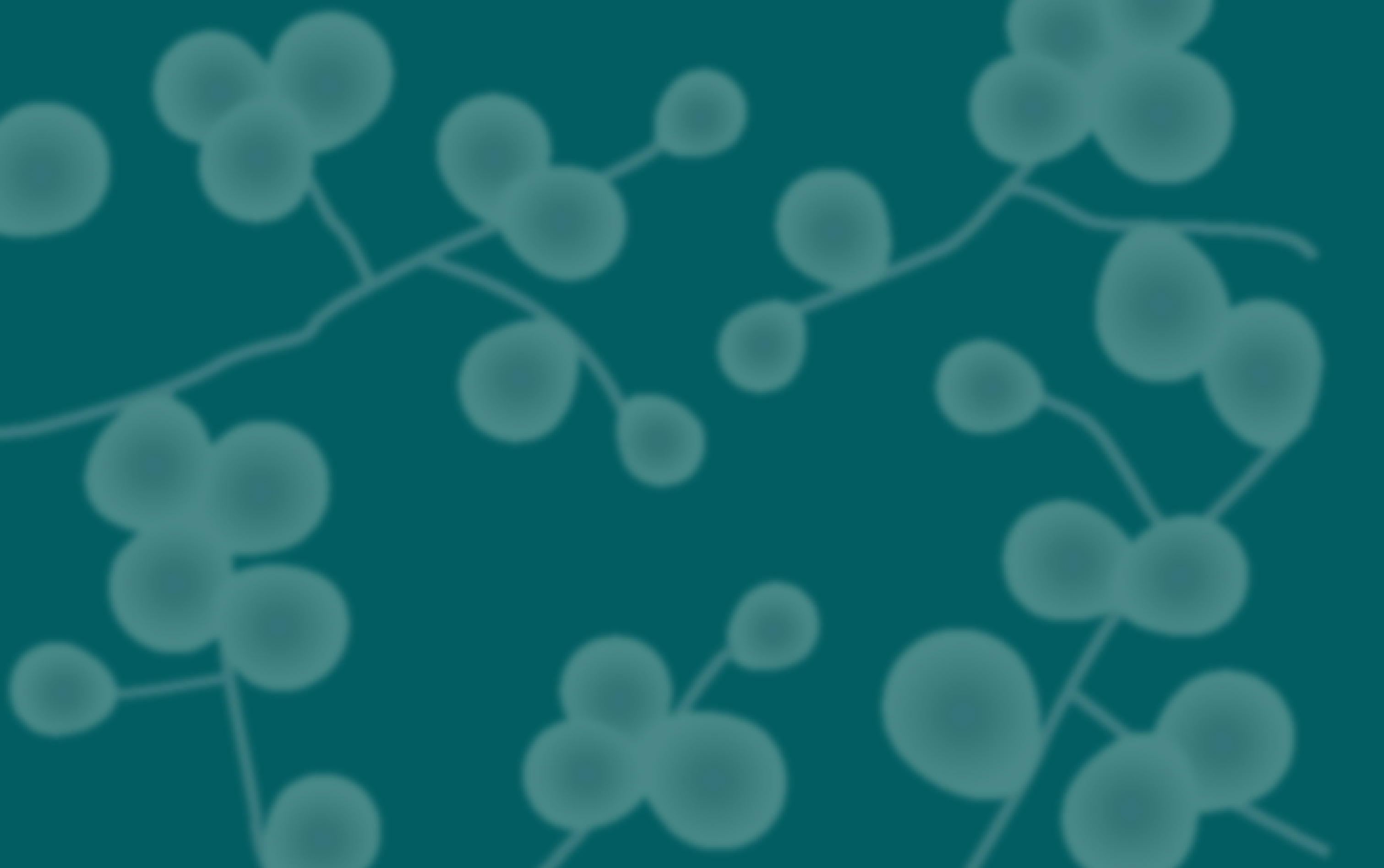The multidrug-resistant yeast Candida auris (C. auris) has recently made headlines due to its rapid spread through US hospitals. It can cause invasive candidiasis, a life-threatening fungal infection that affects the bloodstream, the central nervous system, heart, and other organs. As critically ill and immuno-compromised patients (e.g. cancer patients, newborns, or those in long-term care) are especially at risk of infection, C. auris presents a major threat to healthcare settings.
An emerging public health threat
Since its discovery in Japan in 2009, the yeast C. auris has rapidly spread across the world and is part of the WHO’s fungal priority pathogens list. Between 2020 and 2021, the number of reported infections nearly doubled to 1,471 in the US and to 655 in Europe. Although the number of cases may seem low, more than one out of three patients with invasive candidiasis caused by C. auris die – and it affects the most vulnerable in our population. Additionally, the case counts are likely to be an underestimate because C. auris is difficult to identify using standard laboratory techniques. Misidentification can often be attributed to a lack of C. auris references in databases and its similarity to other candida species. Currently, the most reliable method for identification is mass spectrometry (specifically MALDI-TOF), which is not widely available in many healthcare settings, leading to delayed or missed diagnoses.
A disease of the modern age
Prior to the mid-20th century fungal infections in general were considered uncommon. Modern medical advances, while saving many lives, have played a major role in creating opportunities for the spread of fungi like C. auris. Standard invasive procedures such as mechanical ventilation, catheterization, organ transplants, and chemotherapy have led to an increase in the number of immuno-compromised patients as well as an aging population. C. auris is spreading through healthcare settings easily, particularly long-term healthcare facilities. The fungus survives on hospital surfaces for weeks, is overall thermoresistant, partially resistant to commonly used disinfectants and has been shown to colonize the skin, potentially leading to person-to-person transmission. It has a high outbreak potential and has in fact already caused multiple hospital outbreaks.

What’s so special about C. auris?
C. auris is one of the few Candida strains that cause invasive candidiasis and is difficult-to-control because of its inherent resistance to antifungals. It is often found to be multi-drug resistant: As many as 90% of isolates have been reported to be resistant to at least one class of antifungal agents, with 30% showing resistance to at least two different classes. Pan-resistant isolates, which are resistant to all antifungal classes currently used in clinics, have also been described. This is particularly concerning given the limited availability of effective antifungal strategies.
What can we do about it? Can diagnostics help?
The public health threat posed by C. auris is undeniable, and action is needed to address this issue. This includes improving diagnostic capabilities, increasing surveillance efforts, and developing new antifungal therapies to combat multidrug-resistant strains.
Nostics’ technology platform can be used to identify fungal pathogens such as C. auris as well. In preliminary experiments, we have successfully detected and distinguished different Candida species from culture plates, including C. auris, and we are now further investigating the platform’s potential to be developed into a product. With our diagnostics solutions we could provide a cost-effective and fast way of identifying the pathogen, even in healthcare settings with only basic equipment. This could significantly improve surveillance, prevent future hospital outbreaks, and ultimately save lives.
Unfortunately, Candida auris is not the only fungal pathogen that is cause for alarm. Fungi such as Aspergillus fumigatus or Cryptococcus neoformans which can cause pulmonary disease and cerebral cryptococcosis (affecting the lungs, central nervous system and blood) are increasingly becoming a threat [3]. In fact, the WHO has recently published its first fungal priority pathogens list to provide guidance for the public health response to the overall rise in invasive fungal diseases that threaten the increasing number of immuno-compromised patients.
Read More:
- WHO fungal priority pathogen list (2022)
- Satoh et al., Microbiology and Immunology (2009)
- M. Lyman et al., Annals of Internal Medicine (2023)
- A. Kohlenberg et al., Eurosurveillance (2022)
- General Information about Candida Auris, CDC (Access: 11.05.2023)
- Sanyaolu et al., Infection and Chemotherapy (2022)
- Casadevall, Fungal Genetics and Biology (2005)
- [5] Welsh et al., Journal of Clinical Microbiology (2017)
- Ademe M, Girma F, Infection and Drug Resistance (2020)



